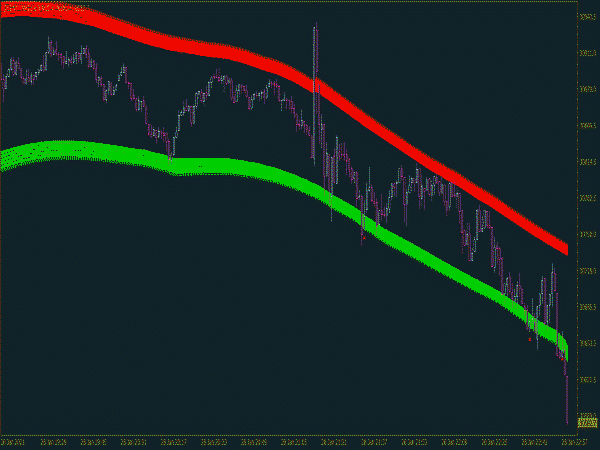What is a trading indicator?

A trading indicator is a mathematical calculation or visible illustration of market knowledge utilized by merchants and traders to analyze and forecast future value movements in monetary markets. These indicators assist merchants make informed decisions about buying or selling belongings similar to stocks, currencies, commodities, or cryptocurrencies. Trading indicators are an essential part of technical evaluation, a methodology that depends on historical value and quantity knowledge to foretell future worth tendencies. There are various forms of buying and selling indicators, each serving a particular objective. Some common types of trading indicators embrace:
Moving Averages (MA):
Moving averages clean out price knowledge by calculating the average value over a specified time period. They assist establish trends and provide support and resistance ranges.
Best MT4 Indicator (RSI):
The RSI measures the speed and change of worth movements to evaluate whether or not an asset is overbought or oversold. get more info ranges from 0 to one hundred, with ranges above 70 indicating overbought situations and ranges below 30 indicating oversold circumstances.
Moving Average Convergence Divergence (MACD):
The MACD is a trend-following momentum indicator that consists of two transferring averages and a histogram. It helps determine adjustments within the energy, direction, and period of a development.
ftmo challenge :
Bollinger Bands consist of a center band (a moving average) and two outer bands that represent commonplace deviations from the middle band. They help establish volatility and potential reversal factors.
Stochastic Oscillator:
The stochastic oscillator compares the closing worth of an asset to its value vary over a specified interval. It offers details about potential trend reversals.

Ichimoku Cloud:
The Ichimoku Cloud is a comprehensive indicator that gives information about help and resistance ranges, trend direction, and momentum. It consists of several lines and a cloud space.
Fibonacci Retracement:
Fibonacci retracement ranges are based on the Fibonacci sequence and are used to establish potential assist and resistance levels. Traders use these levels to predict price retracements.
Volume Oscillators:
Volume indicators, such because the On-Balance Volume (OBV), give attention to trading volume. They help assess the power of price actions and potential development reversals.
Average True Range (ATR):
The ATR measures market volatility by calculating the average range between excessive and low prices over a specified interval. It helps merchants set stop-loss and take-profit levels.
Parabolic SAR (Stop and Reverse):
The Parabolic SAR indicator supplies potential entry and exit points by plotting dots above or under the price chart. It helps establish pattern reversals.
Williams %R:
Williams %R is a momentum oscillator that measures overbought and oversold circumstances. It ranges from -100 to zero, with values beneath -80 indicating oversold situations and values above -20 indicating overbought situations.
Average Directional Index (ADX):
The ADX measures the strength of a development, no matter its course. It helps traders assess the power of a current trend and potential pattern reversals.
Traders use a mix of these indicators and others to develop buying and selling strategies, make informed decisions, and handle risk. It's necessary to notice that trading indicators are not foolproof, and merchants should use them at the facet of different forms of evaluation and risk administration techniques. Additionally, the selection of indicators and their parameters can differ relying on the trader's specific trading type and goals..
